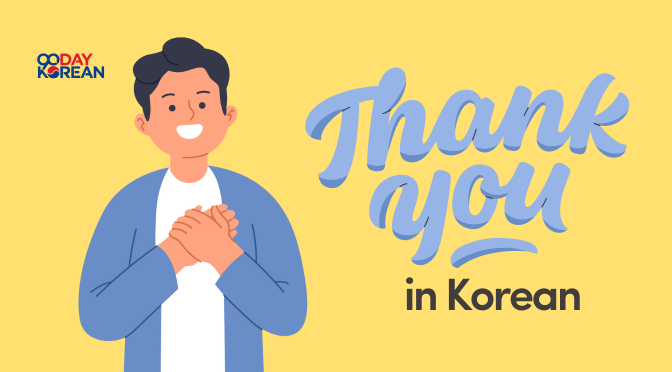In this post, we’ll teach you how to say “fluent” in Korean. Perhaps you’re a Korean learner wondering how to be fluent in Korean.
As you progress in your Korean learning journey, you might come across this word, too.
All Korean vocabulary you’ll learn below will be in Hangeul (Korean Alphabet) with Romanized Korean next to it. We recommend learning the Korean alphabet so you can learn these terms faster and have accurate pronunciation.
Knowing how to read the Korean alphabet will help you retain the core Korean words you should learn first. It will also improve your overall Korean language learning plan.
Contents
“Fluent” in Korean
With the goal of being fluent in Korean in mind, why don’t we also learn the word for “fluent” in Korean?
“Fluent” in Korean – Adjective
You can say “fluent” in Korean as 유창한 (yuchanghan), which is used as an adjective.
For example:
유창한 영어 (yuchanghan yeongeo)
fluent English
그는 유창한 영어를 구사합니다 (geuneun yuchanghan yeongeoreul gusahamnida)
He speaks fluent English.
“Fluent” in Korean – Verb
The original form 유창하다 (yuchanghada) is a verb that means “to be fluent.”
This is used in sentences as ~가 유창하다 (~ga yuchanghada) or ~을/를 유창하게 하다 (~eul/reul yuchanghage hada).
For example:
중국어가 유창하시네요! (junggugeoga yuchanghasineyo!)
You’re fluent in Chinese!
나는 한국어를 유창하게 하고 싶어요. (naneun hangugeoreul yuchanghage hago sipeoyo.)
I want to be fluent in Korean.
이 아이는 벌써 영어를 유창하게 해요. (i aineun beolsseo yeongeoreul yuchanghage haeyo.)
This child is already fluent in English.
The Korean term 능통하다 (neungtonghada) can also be used to say “fluent” in Korean. Here are some examples:
당신은 많은 언어에 능통합니까? (dangsineun maneun eoneoe neungtonghamnikka?)
Are you fluent in many languages?
그는 일본어와 러시아어에 능통해요. (geuneun ilboneowa reosiaeoe neungtonghaeyo.)
He is fluent in Japanese and Russian.
“Fluency” in Korean
The word for “fluency” in Korean is 유창함 (yuchangham). You can also use the word 능숙함 (neungsukam) which also translates to “proficiency.”
How to become fluent in Korean
Fluency doesn’t happen overnight. But if you want to start your journey towards becoming fluent in Korean, then the best way to do it is to learn a bit each day.
Here are some resources that’ll give you step-by-step instructions and some tips to help you in your Korean language journey.
Wrap Up
And that’s it for this lesson! We hope you achieve the Korean fluency that you’re aiming for.
To further help you in your Korean language journey, you can also read through our blog for useful Korean learning resources.
화이팅! ^^





